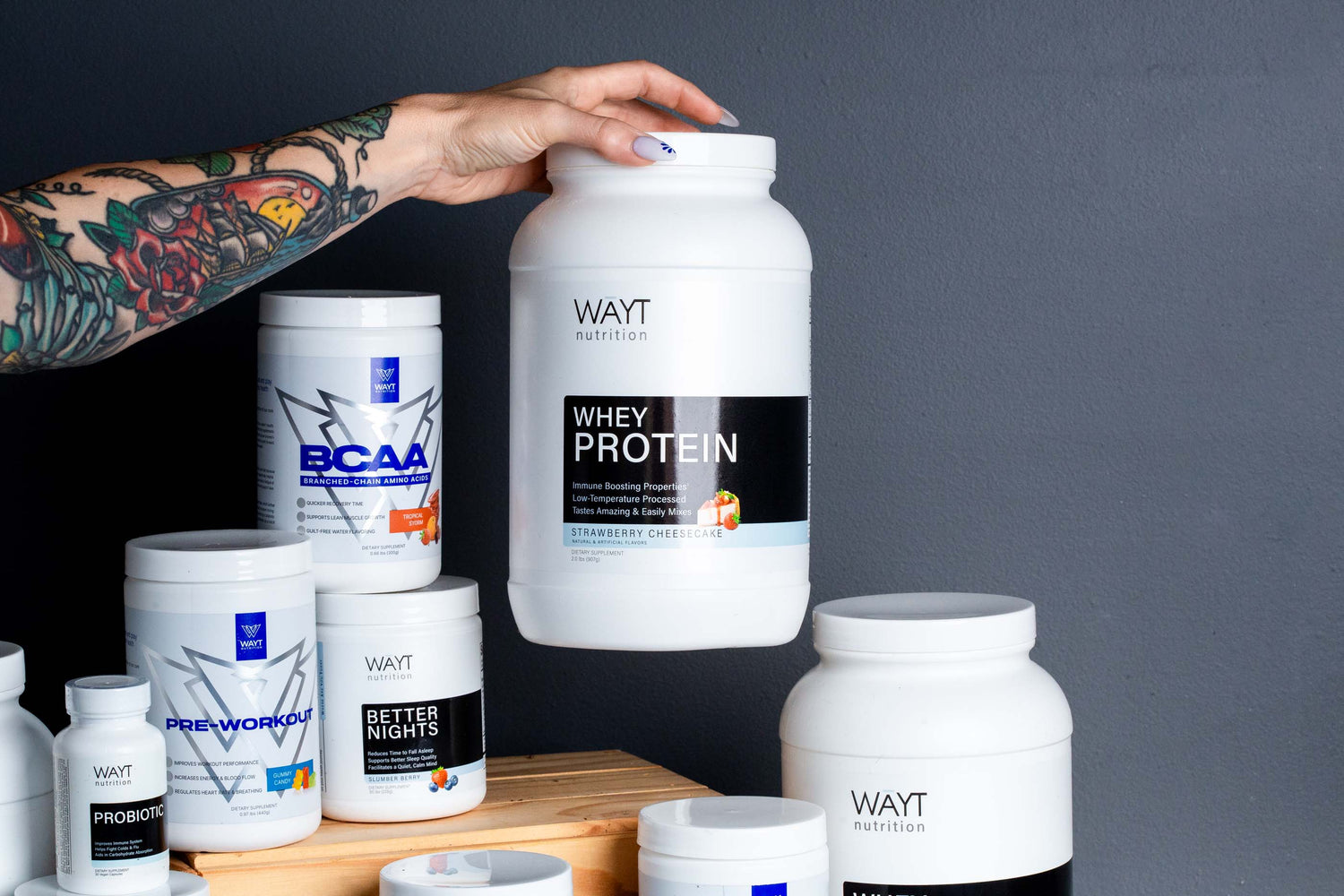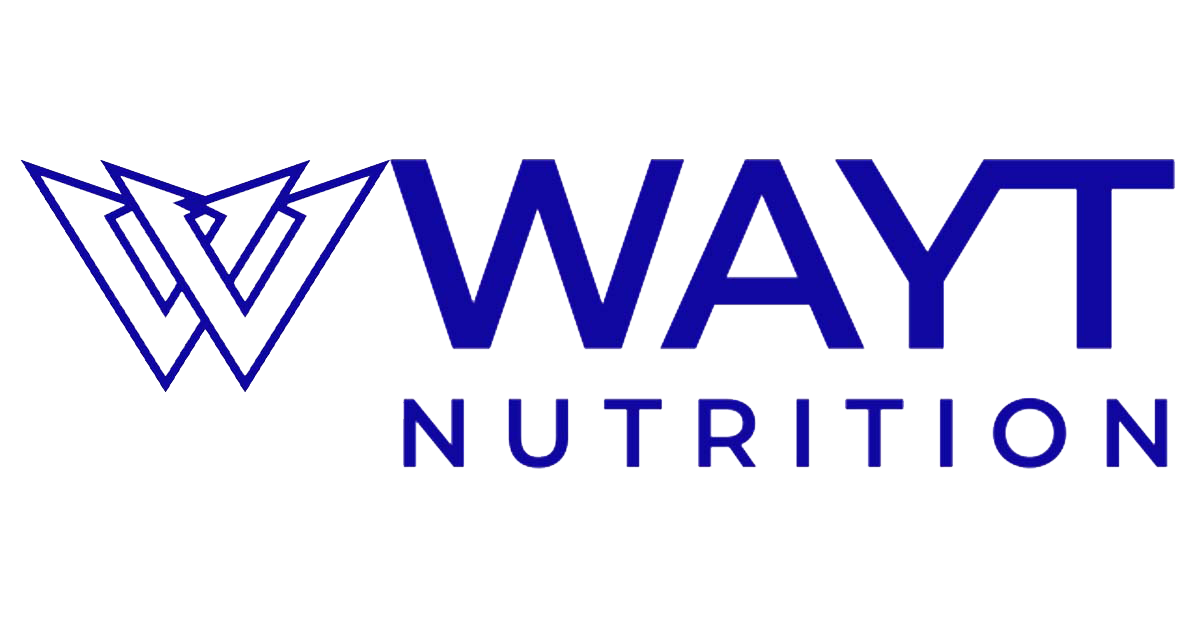While it’s important to be aware of what you’re consuming, it shouldn’t consume your life. Instead of focusing on numbers like calories and macros, focus on how you feel after eating the food. Are you still hungry after a meal? If you are, you're not eating nutrient-dense foods and could be causing weight gain.
Why Being Satiated Is More Important
When you stop tracking calories and start logging the foods you eat and how you feel after eating them, it will change how you eat. Eating to be more satiated means eating a nutrient-dense diet. Nutrient-dense foods and drinks provide vitamins, minerals, and other health-promoting components. All of those will fill you up. Examples of nutrient-dense foods to keep you fuller longer are:
- Vegetables
- Fruits
- Whole grains
- Seafood
- Eggs
- Beans
- Lentils
Need help consuming more vegetables? Try our Organic Greens! With one tasty serving, you’ll have the equivalent of a full serving of vegetables! With 30 5-star reviews, it has to be tasty and working!
Other Ways to Eat to Be Full
When you fill-up on foods like these, your stomach will be full of nutrients that will take longer to digest. This means you stay fuller longer. Other factors that will also satisfy your appetite include protein, fiber, and healthy fats.
Protein is the most satiating because it changes the hunger hormone that causes you to feel full. Protein will also help burn more calories. Add more protein to your diet with our Whey protein!
Fiber also takes longer to digest, so adding more fiber into your diet can help you stay fuller longer. This can help with weight loss as you’ll be less likely to overeat or snack. For food to be high in fiber, it should have 3-5 grams of fiber per serving.
Lastly, healthy fats like omega-3 fatty acids and plant-based monounsaturated oils are necessary nutrients for good health. It also takes longer to digest, giving you a satiating feeling. In fact, fats have an effect on satiety and can regulate your appetite. This is done through the release of the appetite hormone and slowing down the rate at which your stomach empties during digestion.
Processed Foods
And when you’re choosing nutrient-dense foods, you’re most likely to eat whole, unprocessed foods. This means you’re eating the foods nature provides like fruit and vegetables versus processed foods packed with added sugars, saturated fats, and sodium.
Processed foods are when ingredients like oil, sugar, or salt are added to foods. When you’re choosing processed foods that contain refined carbohydrates, added sugars, and fat, your body is not getting the nutrients it needs. Those foods lack fiber, protein, vitamins, and more. It’s why you still feel hungry after eating processed foods. It’s not satisfying or satiating.
Ultra-Processed Foods
In fact, BBC News found that “ultra-processed foods led to increases in calorie intake and in body weight and in fat.” Their study found that compared to people who ate unprocessed meals, the participants who ate ultra-processed foods ate 500 more calories a day. That’s an extra 3,500 calories per week! And 3,500 is what it takes to make one pound of body fat. The article goes on to cite that ultra-processed foods could be playing a role in the “obesity epidemic” in the United States.

You can tell you’re eating ultra-processed foods when there are ingredients you cannot pronounce, there are more than five ingredients listed, and if it’s anything your grandma wouldn’t recognize as food. Ultra-processed foods become ultra-processed when they go through multiple processes and contain several added ingredients. Examples are sodas, chips, chocolate, candy, sweetened breakfast cereals, packaged soups, chicken nuggets, hotdogs, fries, etc.
How To Eat More Nutrient Dense
Plan Your Grocery Shopping Beforehand

When you plan your grocery shopping beforehand, you’re saving yourself money and time. It can also limit waste because how often do we go grocery shopping and throw something in the cart at the last minute because it looks good? But if you plan out your meals for the week and have a list ready, shopping will be a breeze and less tempting. Plus, when you plan beforehand, you’re able to take inventory of what you already have at home. Can you buy more pasta to finish the last of the pasta sauce? Can you use something from the freezer for an entree or side?
Understand What Makes Meal Balanced and Full of Nutrients
A balanced diet will contain a variety of fruits, vegetables, whole grains, lean vegetables or animal protein, fish, nuts, legumes, and non-tropical vegetable oils. A balanced meal should have a mix of grains, protein, and fat. MyPlate.gov is a great resource to help you create a balanced meal.
Have Healthy Snacks Ready
It’s so easy to eat poorly when we’re hungry. It’s why preparing for those moments is crucial to maintaining a nutritious diet. Choose snacks like fruits and nuts that are easy to grab. It’s also best to place those snacks in plain sight versus hidden behind items in the fridge or pantry. You’re more likely to grab it if it’s in front of you versus having to move items around to reach it.
Cook at Home

To cut back on your processed foods and eat more nutrient-dense foods, try cooking at home. Cooking at home usually requires fresh ingredients and causes you to eat healthier. Compared to people who cook less, cooking at home is healthier and you will consume fewer calories.
If you’re looking for another way to consume your much-needed nutrients, try our Essential Multi-Vitamin. It contains all the vitamins and minerals the body needs for optimum health and supports an active lifestyle.

